From the delicate beauty of Sakura to the neon-lit streets of Tokyo, Japan captivates with a blend of tradition and modernity that leaves us all in awe. In this article, we’ll explore what Japan is famous for, learning about its rich cultural heritage, stunning natural landscapes, and unparalleled technological innovations.
If you’ve ever wondered what makes Japan such a unique destination, read on to discover the many treasures that made Japan famous and alluring.
As an island nation with a complex history spanning thousands of years, Japan has developed a diverse culture with ancient temples and shrines, elegant geishas and well-preserved natural treasures. Indeed, what is Japan famous for, if not for its ability to seamlessly blend the past with the present?
I’ll take you on a journey to discover all the wonderful things that Japan is known for, like the towering Mount Fuji, the enchanting cherry blossoms and the mesmerizing art of origami.
Whether you’re a first-time visitor or a seasoned Japan lover, I will make sure to reveal something new and exciting about Japan that has long captured the hearts and imaginations of people around the world.
Table of Contents
- Mount Fuji
- Cherry Blossoms (Sakura)
- Autumn Leaves (Koyo)
- Japanese Cuisine
- Japanese Street Food
- Japanese Geisha
- Japanese Kimono
- Shibuya Crossing
- Samurai Warriors
- Anime and Manga
- Shinkansen (Bullet Train)
- Japanese Tea Ceremony
- Zen Gardens
- Origami, the art of paper folding
- Sumo Wrestling
- Kabuki and Noh Theatre
- Vending Machines
- Technology & Innovation
- Video Games and Game Consoles
- Buddhist Temples and Shinto Shrines
- Japanese Castles
- Onsen (hot springs) and Ryokan
- Karaoke
- Festivals (Matsuri)
- Japanese Sake (rice wine)
- Kawaii Culture
- J-pop Culture
- Punctuality
- Public Safety & Low Crime Rate
- Konbini (Convenience Stores)
- Unusual cafés and themed coffee shops
- Cosplay
- Ryokan
- Yokocho
- Frequently Asked Questions
Mount Fuji

Mount Fuji is the tallest mountain in Japan, standing at 12,388 feet (3.78 km) and is located in the central Honshu region, about 60 miles (97 km) west of Tokyo. Although it is currently dormant, it is still classified as an active volcano by geologists. The mountain is the focal point of the Fuji-Hakone-Izu National Park, it is a UNESCO World Heritage Site and a popular day trip from Tokyo.
The mountain is believed to have formed between 2.6 million and 65 million years ago, and its present-day shape is the result of three successive volcanoes: Komitake, Ko Fuji, and Shin Fuji.
The name of Mount Fuji is written as 富 in kanji. The 士 means “wealth” or “abundant” and “man of status” respectively. Unfortunately, the exact origins of the name “Mount Fuji” are unclear.
Mount Fuji is revered as a symbol of Japan, being one of the most prominent landmarks in the country, and has been featured in countless works of Japanese art, including the famous Thirty-six Views of Mount Fuji woodblock print series by Hokusai. It is also a popular pilgrimage site for Japanese and international visitors, with hundreds of thousands of climbers ascending the mountain during the climbing season from July to August.
Cherry Blossoms (Sakura)
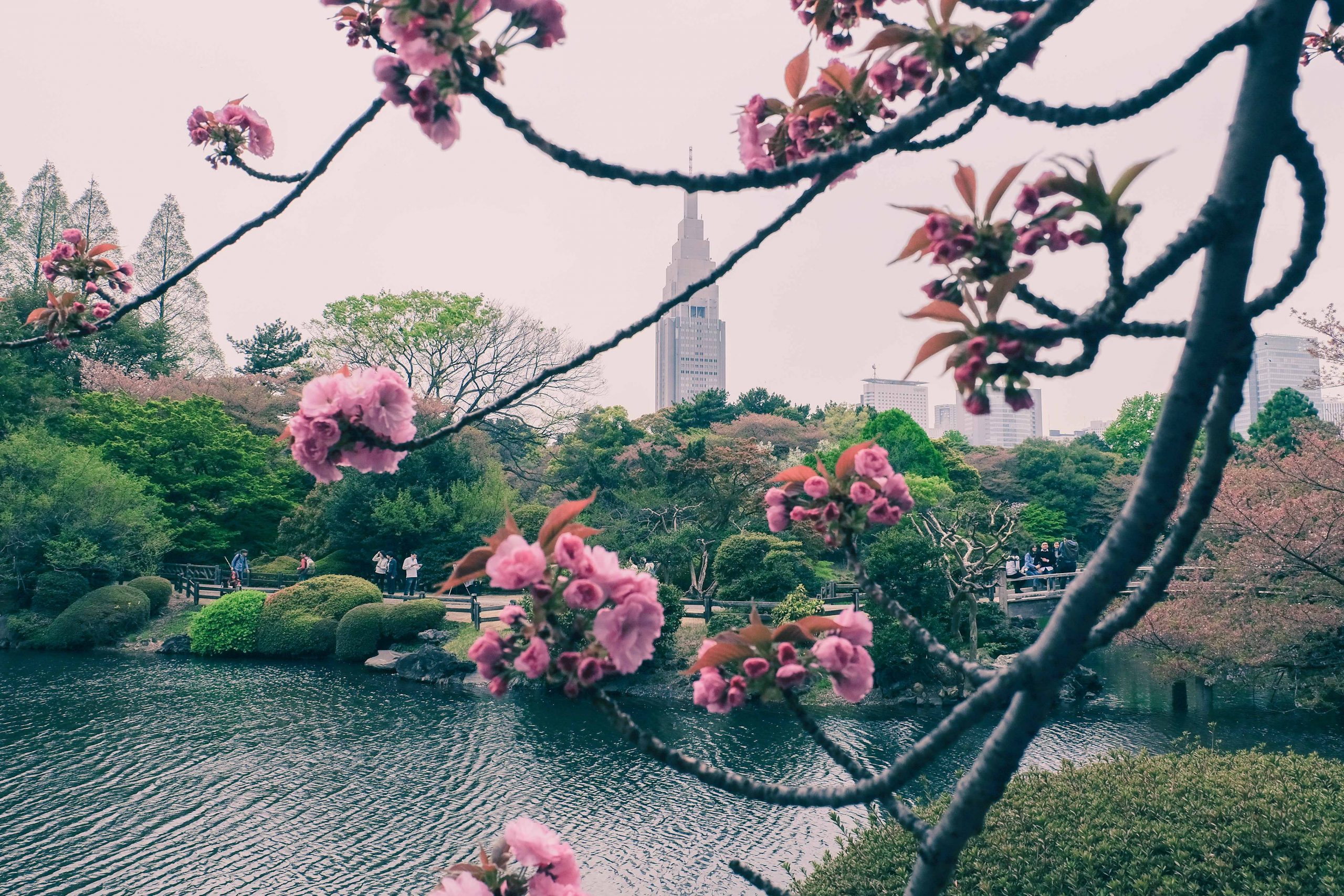
Cherry blossoms are undeniably one of the main things that Japan is famous for, captivating the whole world with their ethereal beauty. These delicate pink flowers hold a special place in Japanese culture and spirituality, symbolizing much more than just the arrival of spring.
Sakura represents the impermanent nature of life, reflecting the Japanese concept of mono no aware or the awareness of life’s fleeting beauty. The cherry blossoms’ ephemeral bloom serves as a poignant reminder of the transience of existence, encouraging people to cherish each moment. This concept is deeply ingrained in the Japanese mindset and can be seen across various aspects of their culture.
The cherry blossoms’ dual symbolism of both birth and death, beauty and violence, further adds to its significance in Japan. Historically, Sakura has been associated with the samurai, Japan’s revered warrior class. The short, but brilliant life of the cherry blossoms was seen as a metaphor for the samurai’s own brief existence, filled with honour, duty, and the pursuit of perfection.
During World War II, this symbolism took on a darker tone as Sakura emblems adorned the planes of kamikaze pilots, who were willing to sacrifice their lives for their country.
Today, the Cherry Blossom Season is celebrated with hanami parties, where friends and family gather under blooming Sakura trees to enjoy food, drinks, and the company of their loved ones.
Autumn Leaves (Koyo)
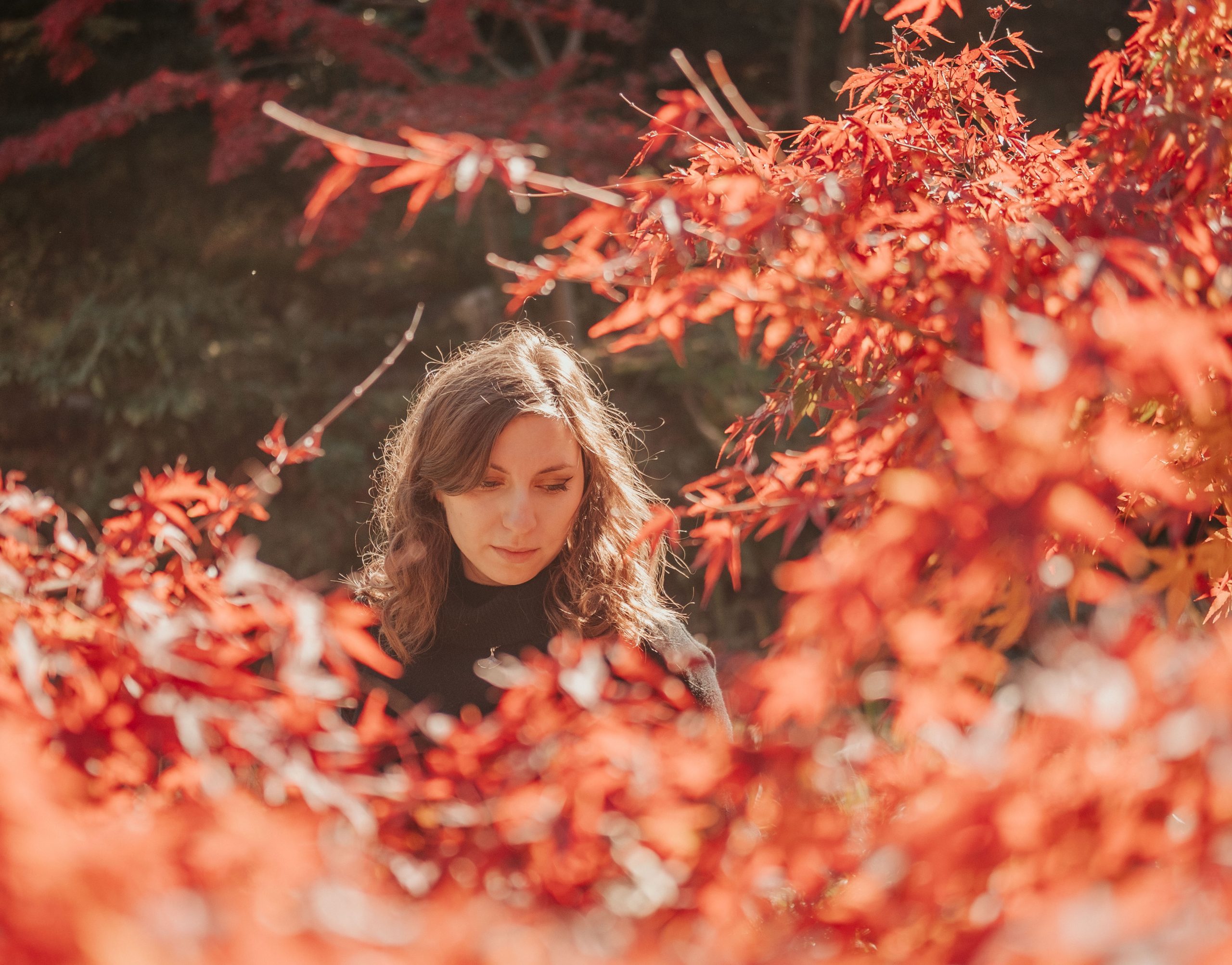
Japan is blessed with four distinctive seasons and well known for its beautiful autumns, full of colourful leaves. The tradition of appreciating these colourful autumn leaves, called momijigari dates back to the Heian period in the 8th century. Initially popular among Kyoto’s court aristocracy, the custom eventually spread to the general population, becoming a permanent aspect of Japanese culture.
Koyo’s spiritual significance is tied to ancient Shinto beliefs, which held that spirits inhabited natural elements. The autumn foliage thus provides not only a visual feast, but also an opportunity for quiet contemplation and reflection.
Needless to say that autumn is one of the best times to visit Japan.
Japanese Cuisine
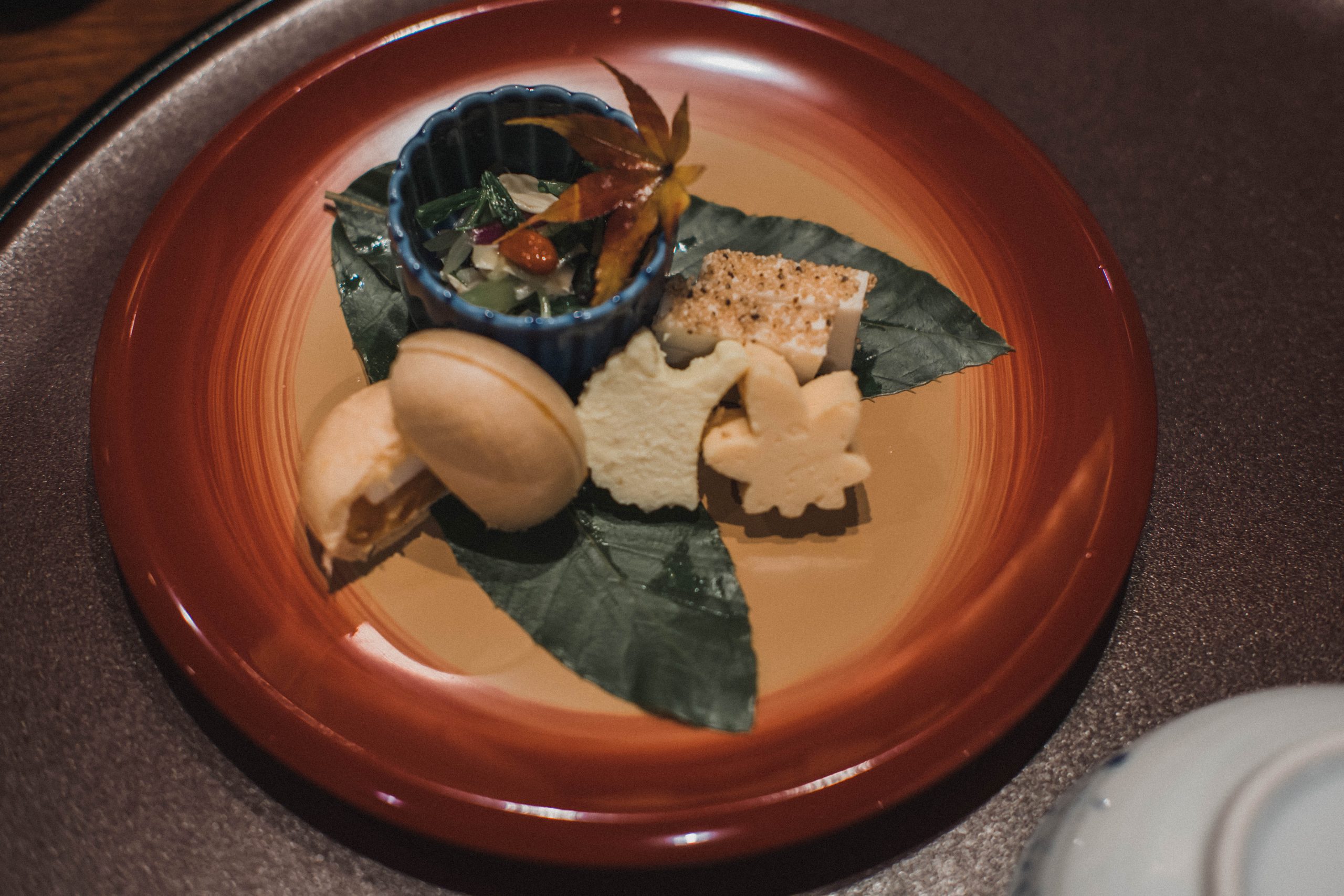
Japan is renowned for its exceptional cuisine, owning the most Michelin Star restaurants in the world after France. The fame of Japanese food can be attributed to its emphasis on fresh seasonal ingredients, meticulous preparation, and a harmonious balance of flavours and textures. Iconic dishes such as ramen and sushi continue to convert tourists into Japan foodie fans.
And let’s not forget kaiseki, a sophisticated multi-course meal which embodies the essence of Japanese culinary art and a clear nudge to what we now know as tasting menus in luxury restaurants around the world. Originally associated with the tea ceremony, kaiseki showcases the chef’s ability to create a visually stunning meal using seasonal ingredients. Each dish is thoughtfully prepared and presented.
Love sweets? Japanese desserts are out of this world, too. They follow the most precise and artful visual aesthetic and use just the right amount of sugar to make them healthier, yet still delicious and addictive. They are often topped with fruits and cream or filled with sweet beans.
Japanese Street Food
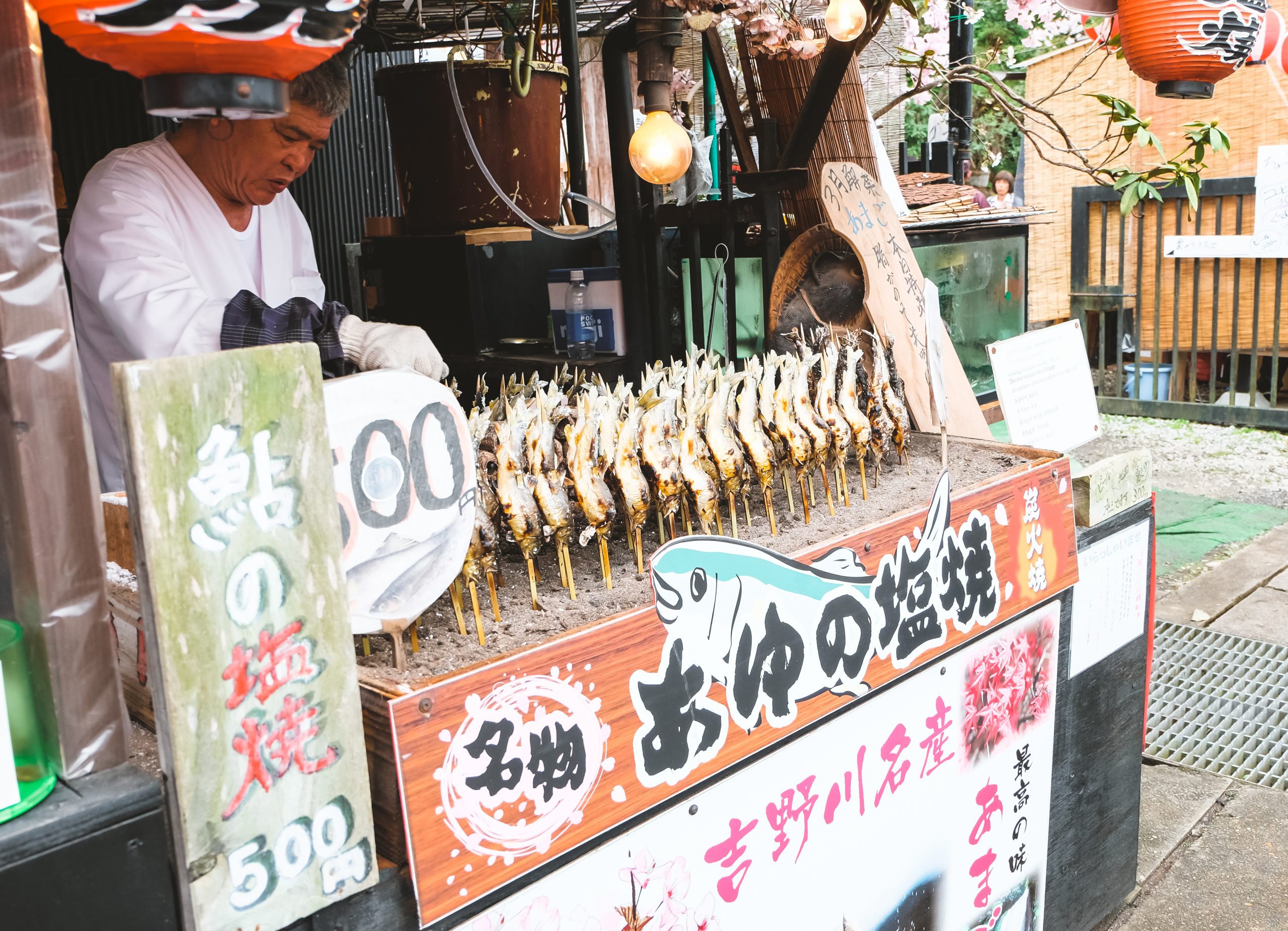
Street food is another element that makes Japan famous, and let’s face it, we all love to sample unusual dishes freshly prepared in front of our eyes. Originating during the Edo period, yatai, or mobile food stalls, served as 17th century fast-food, providing quick afternoon and evening meals for people on the go.
Yatai has played a crucial role in the preservation and popularization of regional cuisines, which we are now very much thankful for. These food stalls typically serve quick and easy to eat dishes like takoyaki (octopus balls), yakitori (grilled meat skewer) or taiyaki (filled fish-shaped cake) among others.
You can find and celebrate street food everywhere in Japan, especially common during matsuri. To sample street food in Tokyo, head to the Ameyokocho near Ueno Park, Yanaka Ginza or Omoide Yokocho in Shinjuku.
Japanese Geisha

Geisha are famous due to their unique role as skilled entertainers and custodians of traditional Japanese arts and culture. Their mystique and grace have fascinated people for centuries, making them an iconic symbol of Japan.
Geisha are trained from a young age in the art of hospitality, and their role is to ensure their guests have an unforgettable experience. They are renowned for their ability to create a refined and elegant atmosphere, where they entertain with grace and poise. The geisha’s exquisite appearance with their intricate hairstyles, delicate makeup, and beautiful kimonos makes them mysterious.
Today, geisha can be found primarily in Kyoto’s Gion district. Many visitors to Japan appreciate the beauty and significance of traditional Japanese clothing such as the kimono, and choose to wear them as a way of experiencing and honouring Japanese culture.
Japanese Kimono

Directly connected to the Geisha culture, the stunning kimono, (きもの, literal translation ‘thing to wear’) is a traditional Japanese garment and the national dress of Japan. The kimono is a long, T-shaped, wide-sleeved, decorated robe with a square-cut neckline, which is wrapped around the body and secured with a wide sash called an obi.
The highest quality kimonos are made of silk, and have intricate patterns and colourful designs, reflecting the wearer’s social status, the season, or a special occasion.
The history of the kimono dates back to the Heian period (794-1185), when it became the standard attire for both men and women. Today, kimonos are usually reserved for special occasions or traditional events.
A more casual version of the kimono is the yukata, which is often made from cotton and is commonly worn during summer festivals or after bathing in hot springs. As a visitor to Japan, you too can rent a kimono and dress up like a geisha or oiran or wear a yukata which will most definitely be provided for you in a traditional ryokan.
Shibuya Crossing
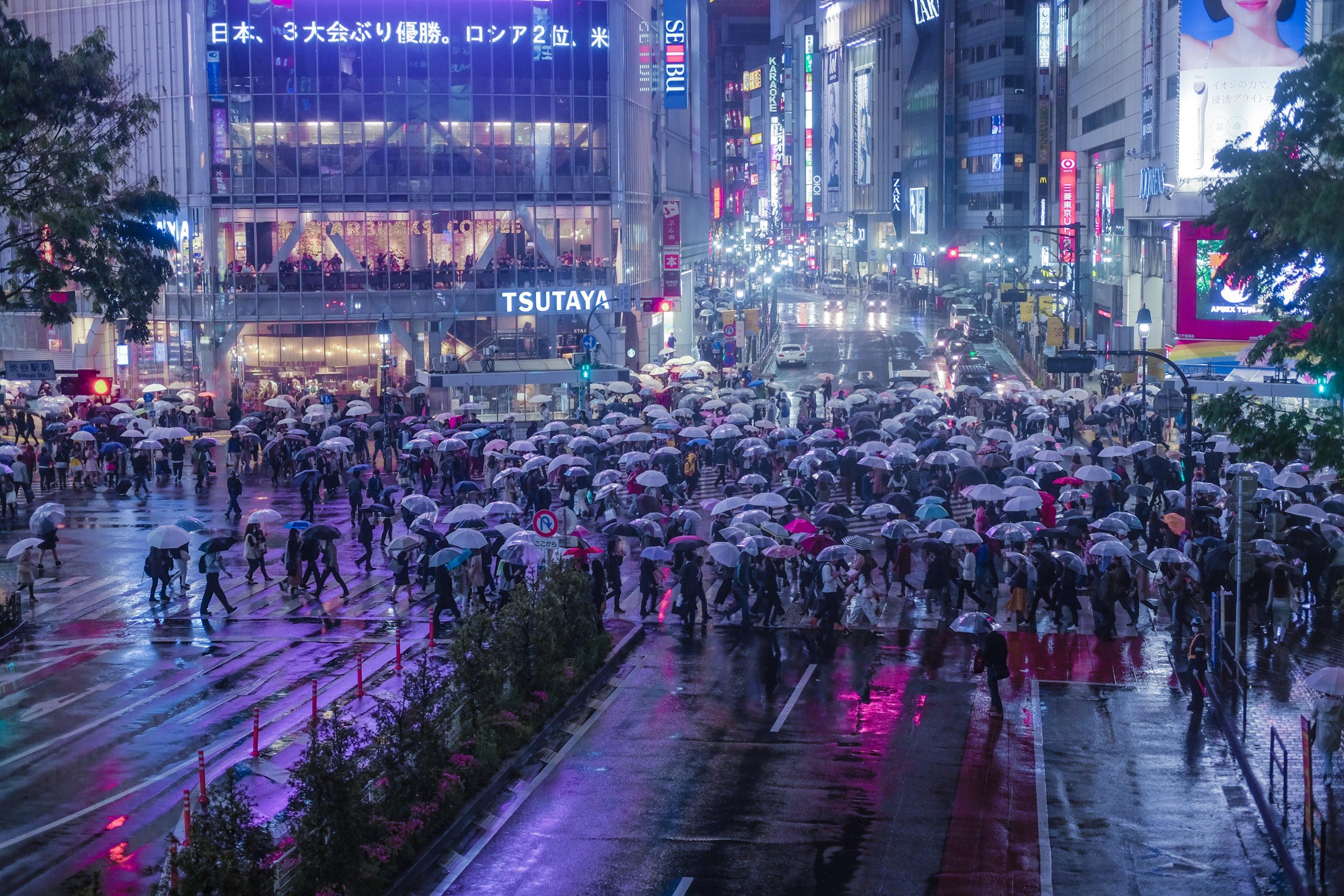
Shibuya Crossing, the world’s busiest pedestrian crossing, definitely contributed to making Japan famous. Featured in many movies, television shows, and news broadcasts, Shibuya Crossing is one of Japan’s most recognizable places.
Shibuya Crossing (located in Shibuya City in Tokyo) sees around 3,000 people crossing at a time, with foot traffic remaining heavy even late at night. Most people who visit Japan for the first time, have visiting Shibuya Crossing as a top thing to do in Tokyo, and rightfully so.
Overlooking the crossing are three large TV screens and countless advertising signs. Opposite the scramble is the Hachikō Statue, a well-known meeting spot and a tribute to the loyal Akita dog. The Starbucks café above the crossing is among the busiest in the world and often added to many Tokyo itineraries as a place to view the crossing from above.
One of the best places to see Shibuya Crossing from above is the Shibuya Sky Observatory, located right above the busy pedestrian scramble.
Samurai Warriors

Japan is well known for its Samurai, the hereditary military nobility celebrated for their martial prowess, strict code of conduct, and significant influence on Japanese history and culture. Emerging during the Kamakura shogunate (circa 1185-1333), samurai became the ruling political class, wielding power and responsibilities.
Renowned for their martial skills, samurai adhered to bushido, a code of martial virtues and cultural ideals that dictated how samurai should behave. In the 1870s, the Meiji Restoration abolished the samurai class, leading them to transition into professional and entrepreneurial roles.
Despite their decline, the memory and weaponry of samurai remain prominent in Japanese popular culture and their legacy immortalized through various forms of art, literature, and entertainment. Of course, you can also learn about the history of the samurai at many Japanese museums.
Anime and Manga
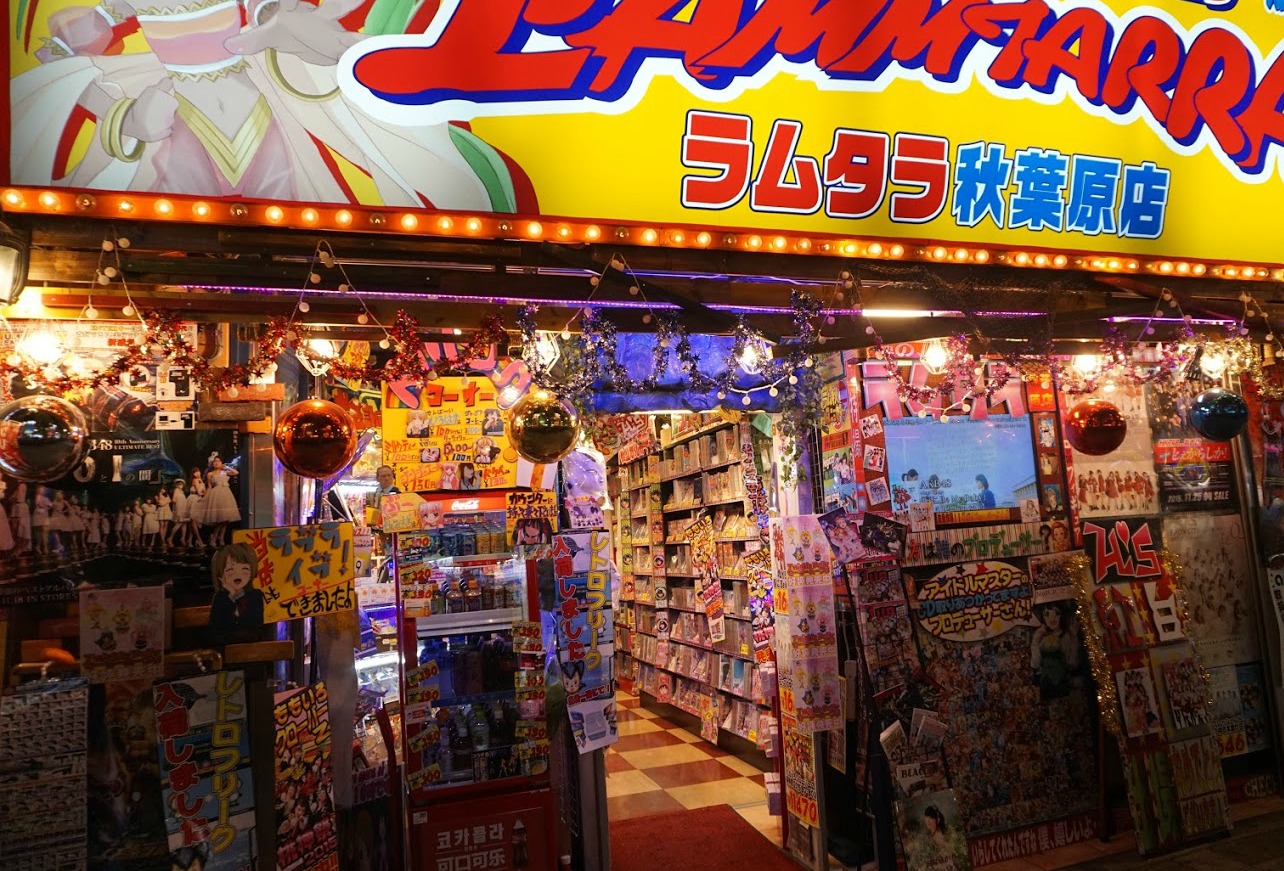
Anime and manga are famous in Japan because they are unique and captivating forms of storytelling that have captured the hearts of millions, both within Japan and across the globe. Anime is Japan’s primary cultural export. I mean, I grew up watching Sailor Moon and now, as an adult, I continue to like and appreciate stunning forms of Japanese anime such as the films “Kimi no na wa” (Your Name) or “Suzume no tojimari” (Suzume) created by Makoto Shinkai.
To explore the world of both anime and manga, head to Akihabara, known as the hub of Japan’s anime and manga. The district is packed with stores selling anime and manga merchandise, and related products, making it a must-visit destination for fans. Akihabara is also home to numerous themed cafés, gaming arcades, and entertainment venues that cater to the diverse interests of anime and manga enthusiasts.
Shinkansen (Bullet Train)

The Japanese Shinkansen is another globally recognized icon. The Shinkansen high-speed railway network connects major cities across the country, and it’s the most important infrastructure in Japan.
Since its inception in 1964 with the Tōkaidō Shinkansen, the network has expanded to cover 2830 km (about 1760 miles) of lines with maximum speeds ranging from 240-320 km/h (150-200 mph). To attract tourists, Japan also introduced their famous Japan Rail Pass, a discount scheme allowing visitors to make use of the Shinkansen and offering unlimited train rides within a set timeframe.
Riding the bullet trains in Japan is like visiting the future. Shinkansens are clean, fast, safe, efficient, and they are rarely late. Throughout its more than 50-year history, the Shinkansen has carried over 10 billion passengers without a single passenger fatality or injury due to derailments or collisions.
Japanese Tea Ceremony

The Japanese tea ceremony, known as sadō/chadō (茶道, ‘The Way of Tea’) or chanoyu (茶の湯), is a cultural activity that has gained worldwide recognition for its ceremonial preparation and presentation of matcha.
The Japanese tea ceremony has become famous around the world for its intricate procedures, attention to detail, and the meditative experience it provides.
Although it is referred to as traditional tea ceremonies in the west, the preparation and serving of matcha (powdered green tea) is not always ceremonial in practice. The ceremony is often a means to serve tea to family, friends, and colleagues.
Tea gatherings can be informal (chakai) or formal (chaji). A chakai is a simple gathering featuring confections and thin tea. A chaji is a more formal event, including a full-course kaiseki meal, confections, thick tea, and thin tea, and can last up to four hours.
Zen Gardens

Japan is known for its Zen gardens, sometime called Japanese dry gardens (枯山水, karesansui) or rock gardens. These gardens create a miniature stylized landscape through carefully composed arrangements of rocks, water features, moss, pruned trees, and bushes. Gravel or sand is raked to represent ripples in water, adding to the meditative atmosphere.
When you visit Kyoto, you will find many Zen gardens, especially in temple gardens. Some are small while others are the main attraction, like the Ryoan-ji Garden.
Originating during the Muromachi period in Kyoto, classical Zen gardens were created at Zen Buddhist Temples as a mean to imitate the essence of nature. The gardens also served as aids for meditation.
Origami, the art of paper folding
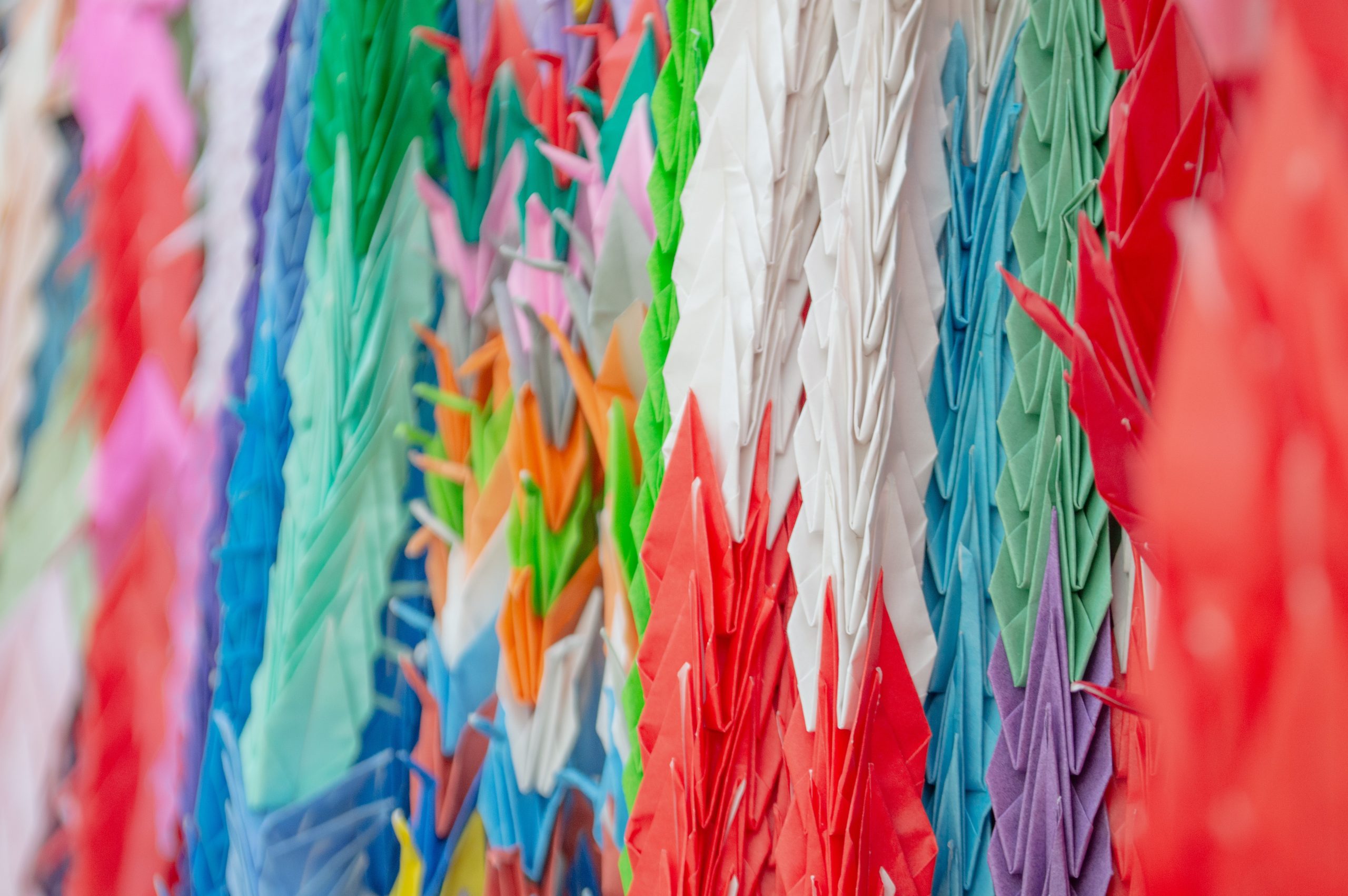
Japan is also well known for origami, the traditional art of paper folding. Origami has its roots in Japanese culture and is divided into two main categories: ceremonial origami and recreational origami.
- Ceremonial origami, known as origata, is a practice that has been used for centuries in Japan for various rituals and gift-giving traditions. It involves intricate folding techniques to create elegant and symbolic designs.
- Recreational origami, or yūgi origami, is more focused on the creative and playful aspects of paper folding. The most iconic origami model is the Japanese paper crane, which is a symbol of peace and longevity.
One particularly moving example of the symbolic importance of origami cranes is the story of the Thousand Origami Cranes in Hiroshima. Sadako Sasaki folded paper cranes after the Hiroshima bombing, hoping to make a 1000 of them, as the Japanese legend promised a wish would be granted. Thousands of paper cranes are still sent to Hiroshima from all around the world to help.
Sumo Wrestling
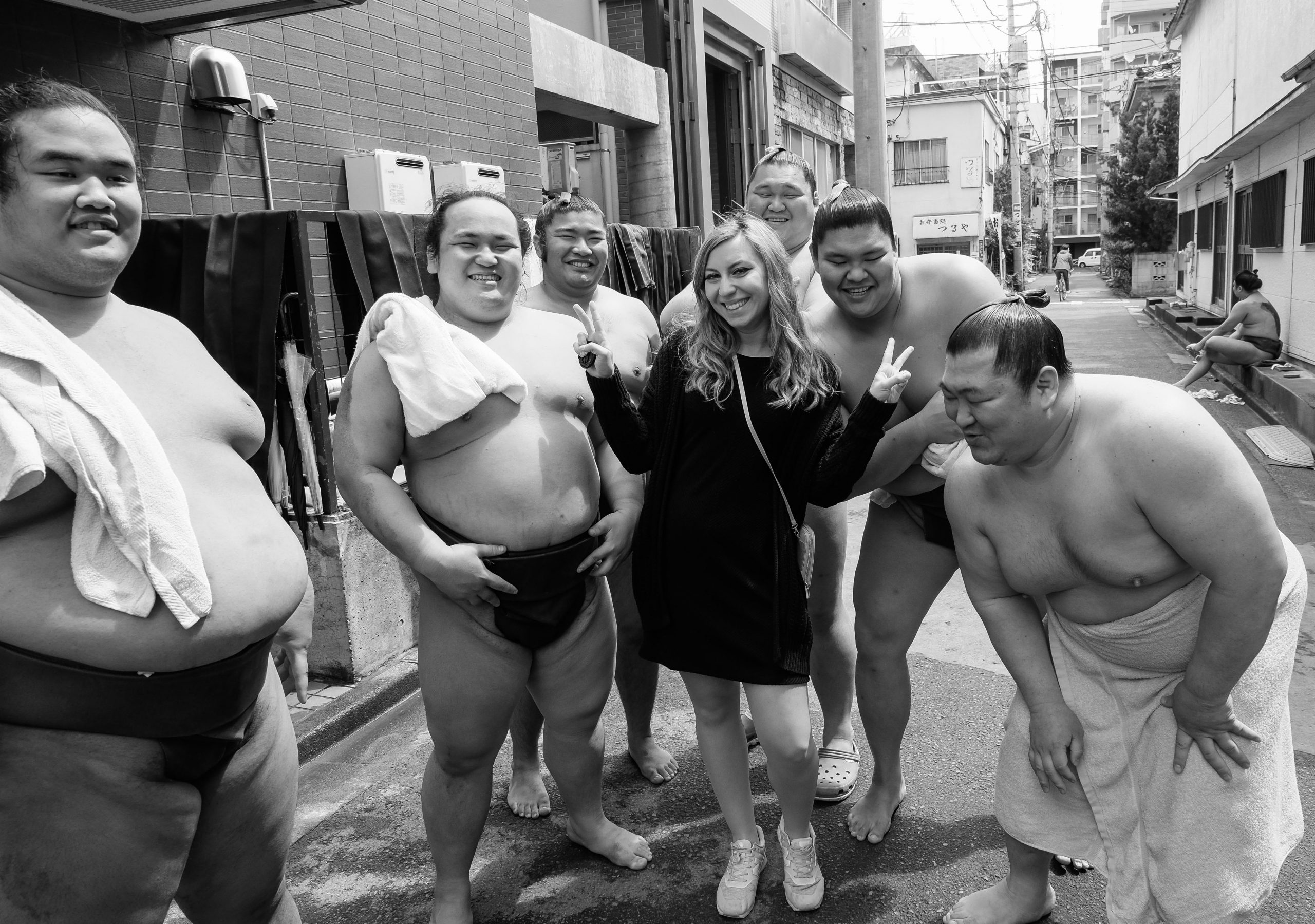
Sumo wrestling is a traditional Japanese sport that combines elements of full-contact wrestling and ancient rituals. In this unique form of competition, rikishi (wrestlers) attempt to force their opponents out of a circular ring called a dohyō or make them touch the ground with any body part apart from the soles of their feet.
Originating in Japan, sumo is deeply rooted in the country’s history and is considered its national sport. While sumo is classified as a modern Japanese martial art, or gendai budō, sumo has preserved many ancient traditions over the centuries. Ritual elements from Shinto, such as the use of salt for purification, are still incorporated into the sport today.
While it can be very difficult to see an actual sumo wrestling game while visiting Japan, it’s possible to attend a morning practice, which lets you look behind the scenes of this famous sport.
Attend a morning practice with a local guide and see the sumo wrestlers practise and prepare for the evening game.
Kabuki and Noh Theatre
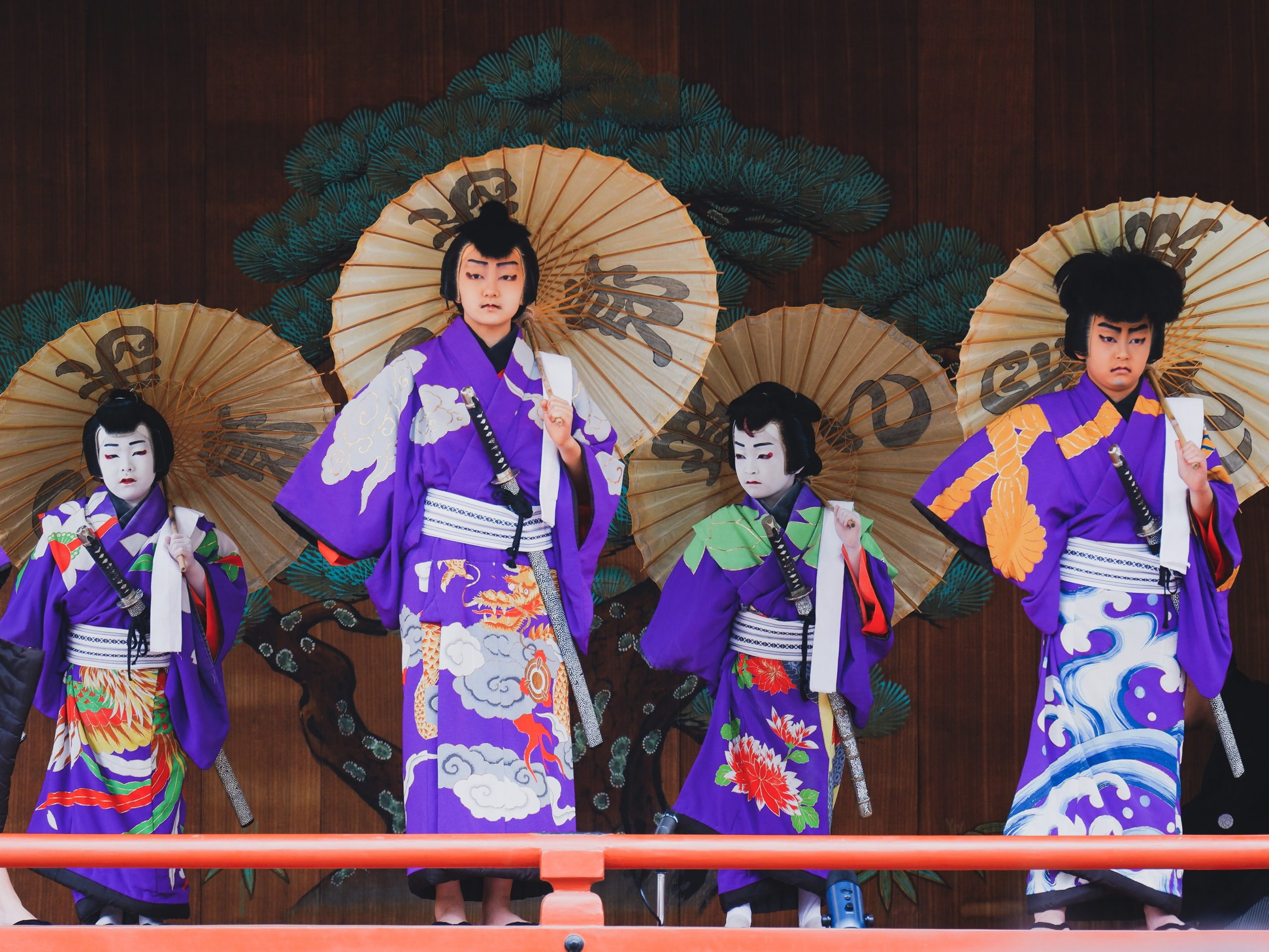
Kabuki and Noh Theatres are two important traditional Japanese theatre forms and some of the oldest in the world. Both Kabuki and Noh Theatres have played a significant role in Japanese society by preserving cultural heritage.
Kabuki is a classical Japanese dance-drama known for its elaborate costumes, striking makeup, and stylized performances. It was founded in the early 17th century by Izumo no Okuni, a Japanese shrine maiden. Kabuki is known for its distinctive onnagata, or male actors who specialize in playing female roles.
Noh Theatre, on the other hand, is a spiritual and minimalist form of drama dating back to the 14th century. It was developed by Kan’ami and his son Zeami, who refined the art form and established many of its rules and aesthetics. Noh performances involve masked actors, slow, controlled movements, poetic language, and a strong connection to Japanese spirituality and mythology.
Vending Machines

What else is Japan famous for if not its 5 million vending machines. With a population of around 126 million, this translates to one vending machine for every 25 people. And trust me, once you are in Japan, you are going to see them everywhere. These machines are very convenient, and it’s not entirely clear why the rest of the world is not using them.
Japanese vending machines, known as jidōhanbaiki are famous for their wide variety of products, convenience, and ubiquity. You can find them in urban areas, residential neighbourhoods, and even in remote locations. Even on my way up Mount Inari in Fushimi Inari Shrine, I found vending machines along the path.
Technology & Innovation
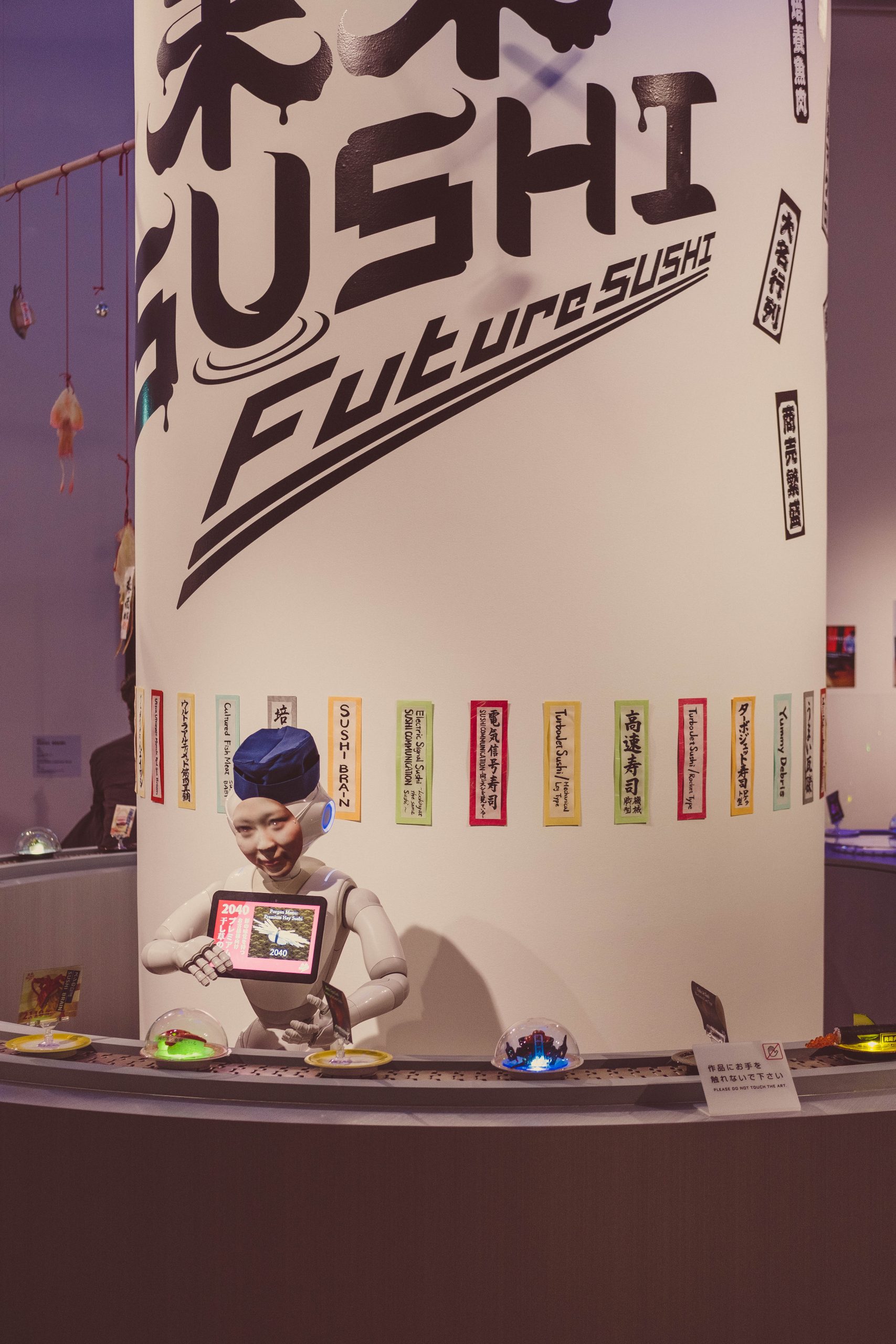
Technology and innovation have played a significant role in making Japan famous worldwide. The country has a long history of technological advancements, dating back to the Edo period, when karakuri ningyo (mechanical dolls) were developed.
Japan’s leadership in robotics has been sustained over the years. Japan currently has 250,000 industrial robot workers, projected to increase to one million in the next 15 years. Revenue from robotics is expected to hit $70 billion by 2025.
If you are keen in learning more about what the future holds for Japanese robotics, I encourage you to visit the current exhibition at Mori Art Museum – Future SUSHI by Ichihara Etsuko.
Video Games and Game Consoles
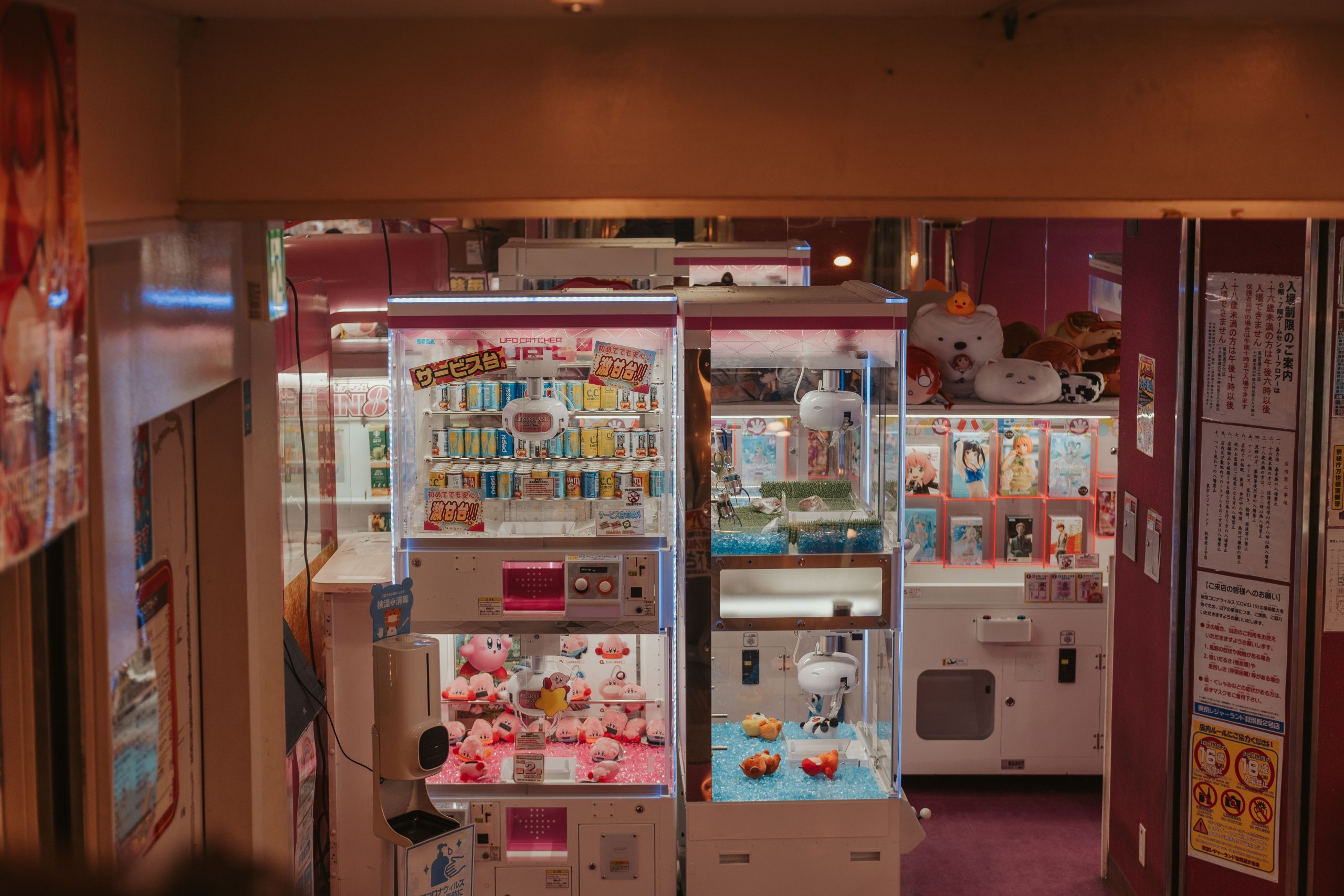
Japan is well-known for its significant contributions to the video game industry, with a rich history of game development that dates back to the golden age of video games. Japanese game developers have been responsible for the creation of numerous iconic gaming consoles and arcade machines, such as Nintendo‘s Famicom (known internationally as the Nintendo Entertainment System or NES) and Sony‘s PlayStation.
Shigeru Miyamoto, a legendary figure in the industry, has earned the title of father of video gaming. He is the creator of some of the most acclaimed and best-selling game franchises of all time, including Mario, The Legend of Zelda, Donkey Kong, Star Fox and Pikmin.
Arcade culture has also played a major role in shaping Japan’s gaming scene, with areas like Akihabara Electric Town serving as a hub for otaku culture, which heavily intertwines with video gaming.
Buddhist Temples and Shinto Shrines
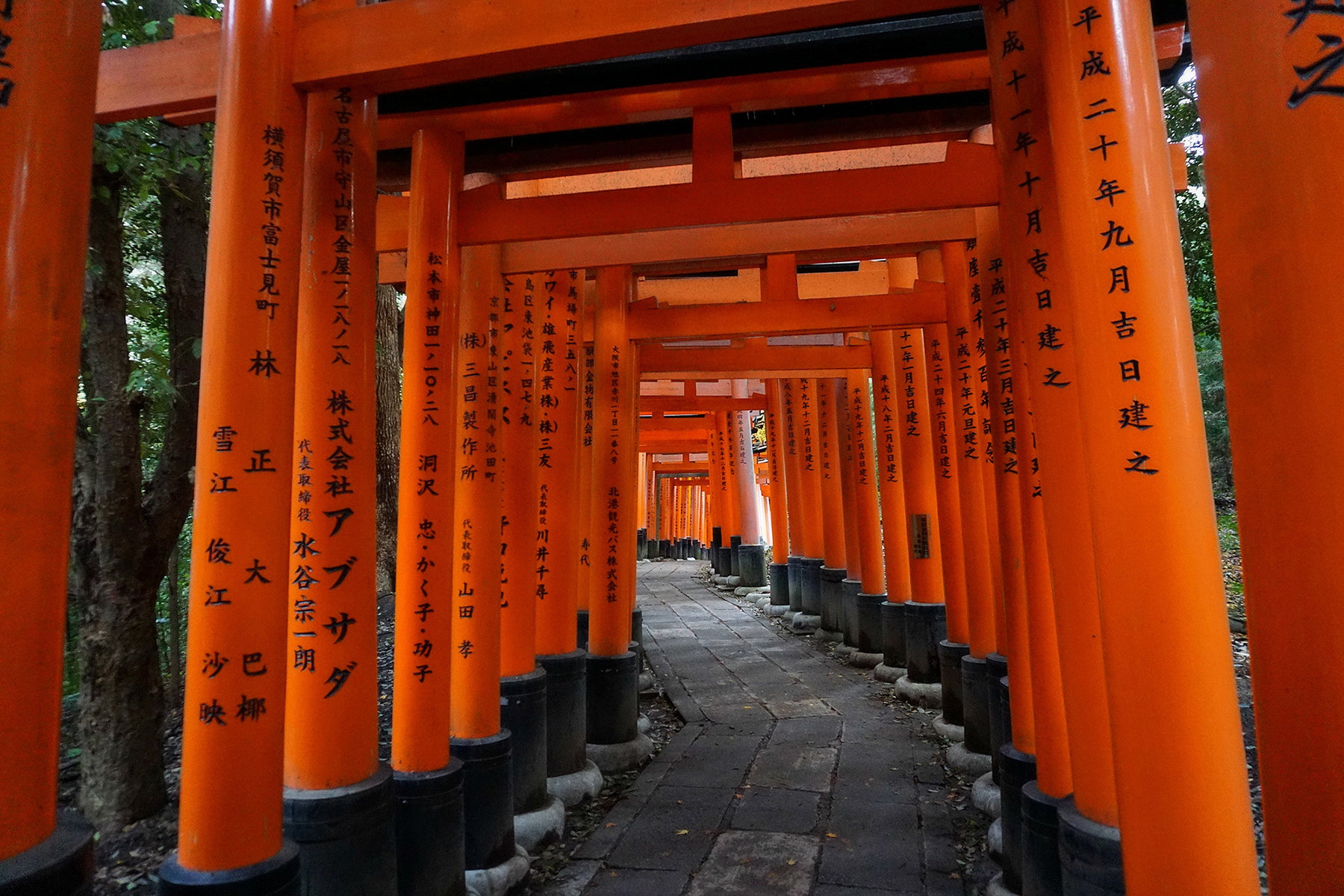
Buddhist temples and Shinto shrines are two types of religious sites in Japan that hold immense cultural and spiritual significance.
- Buddhist temples are places of worship, meditation, and learning for followers of Buddhism. They often consist of a main hall, pagodas, and various other structures, with each element serving a specific purpose. Buddhism has been practised in Japan since about the 6th century CE. There are many famous temples in Japan, including Senso-ji in Tokyo, Kinkaku-ji in Kyoto or Tōdai-ji in Nara.
- Shinto shrines are dedicated to the worship of kami (spirits or gods) in the Shinto religion. You will likely see torii (gates), which mark the entrance to the sacred space. Shinto shrines are located in areas of natural beauty, like the most famous Shinto shrine, Fushimi Inari Shrine in Kyoto, Itsukushima Jinja on Miyajima and the Hakone Shrine in Hakone.
Japanese Castles

Japanese castles are impressive structures that served as symbols of power and military fortifications during the Sengoku (Warring States) period and the Edo period.
Many of Japan’s castles have been meticulously preserved or restored, some celebrated as UNESCO World Heritage Sites.
Himeji Castle, or the “White Heron Castle” is one of Japan’s most famous and beautiful castles. Himeji Castle remains intact even after surviving natural disasters and wars.
Matsumoto Castle, or the “Crow Castle” because of its striking black exterior, is another iconic Japanese castle. The castle is one of Japan’s few remaining original castles, having never been destroyed or reconstructed.
Onsen (hot springs) and Ryokan
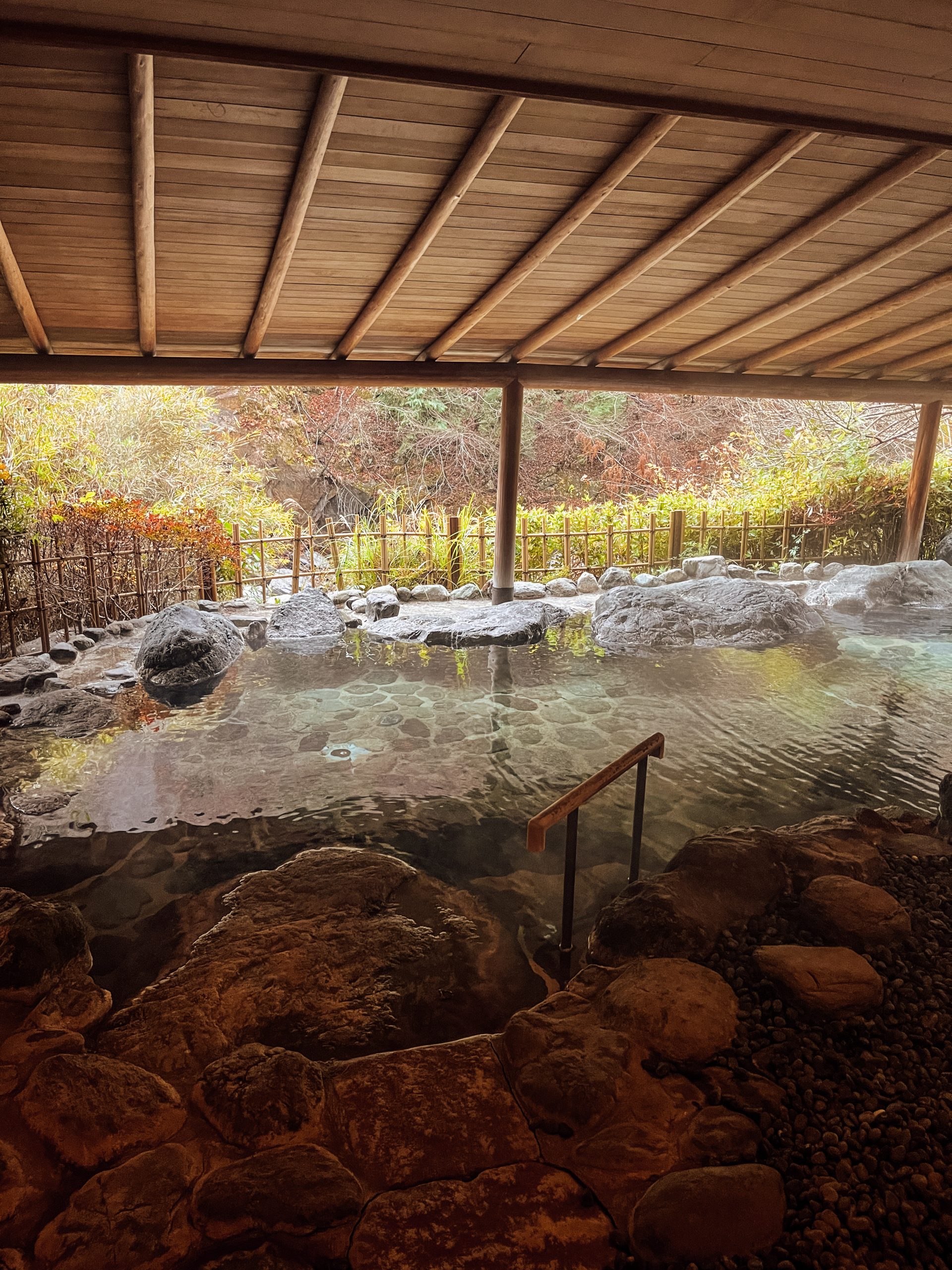
Onsen, or hot springs, are incredibly famous in Japan and known for their cultural significance but also their health benefits. There are approximately 25,000 hot spring sources throughout the country. There are rules to follow when entering an onsen so don’t forget to check the etiquette and manners.
For the most formidable onsen experience, I recommend a trip to Nishiyama Onsen Keiunkan, which is the oldest hotel in the world. You’ll have access to a traditional onsen, and experience a traditional kaiseki dinner and a stunning Japanese breakfast.
Onsen are usually in picturesque locations, such as in the mountains or near the coast. Many onsen are part of traditional Japanese inns called ryokan, which come with superb tatami rooms.
Onsen can be found both outdoors (roten-buro or noten-buro) and indoors (uchiyu). When you are in the mountains, check for onsen by searching for the symbol ♨, the kanji 湯 (yu), or the simpler hiragana character ゆ (yu). Yu, in Japanese, means hot water.
Karaoke
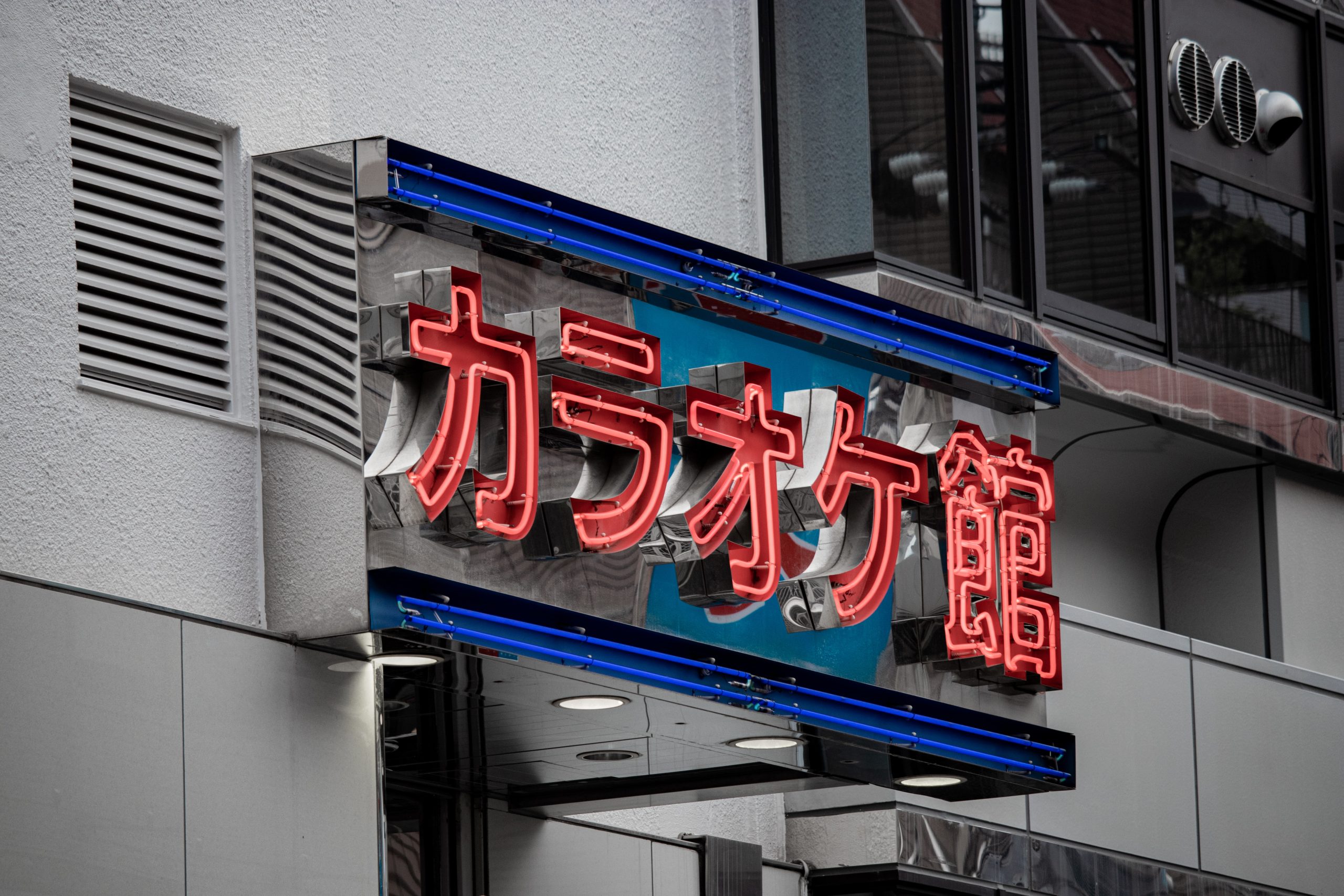
Japan is famous for karaoke, which literally translates to empty orchestra. Karaoke has become a popular activity not just in Japan, but also worldwide.
The history of karaoke machines can be traced back to the early 1970s in Japan, when Daisuke Inoue, a musician from Kobe, developed a machine that would play instrumental music while allowing people to sing along.
Karaoke became increasingly popular in Japan throughout the 1980s and 1990s. Today, karaoke remains a popular activity. You can easily rent a karaoke room for a couple of hours and even get great deals like meals or food included in the price.
Festivals (Matsuri)

Matsuri (祭) is the Japanese word for traditional Japanese festivals. When you visit Japan, chances are, there is a matsuri going on somewhere in the country. Many matsuri are sponsored by local shrines or temples, and the dates for these festivals can vary across different regions in Japan.
Matsuri feature elaborate floats, dance, and music. You will find many food stalls too with delicious snacks and street food. In the vicinity of a matsuri, you can find booths selling souvenirs and entertainment, like karaoke contests and sumo matches.
The most well known matsuris in Japan are the Cherry Blossom Festival and the Koyo Autumn Leaves Festival.
Japanese Sake (rice wine)

Japanese sake (Japanese rice wine) is a famous alcoholic beverage made from fermented rice. While fairly expensive abroad, in Japan you can conveniently find at most restaurants, and bars. Sake production dates back to at least the 3rd century and has a rich history in Japan. What’s beautiful about sake is that it’s very closely associated with Shinto rituals and has been offered to kami during spiritual ceremonies.
To produce sake, the rice grains must be polishing to remove the outer bran and then fermented using a mould called koji.
Kuchikamizake is a type of traditional sake made by chewing cooked rice and then spitting it into a container to ferment. This method of production is considered ancient and is rarely used today, but it gained some attention when featured in the popular animated film “Kimi no Na wa” (Your Name), where the main character, Mitsuha, performs a ritual involving the creation of kuchikamizake.
People often ask, is Kuchikamizake real? It is a real and ancient sake making method practised in ancient Japan. The way the characters describe the process is correct.
Kawaii Culture
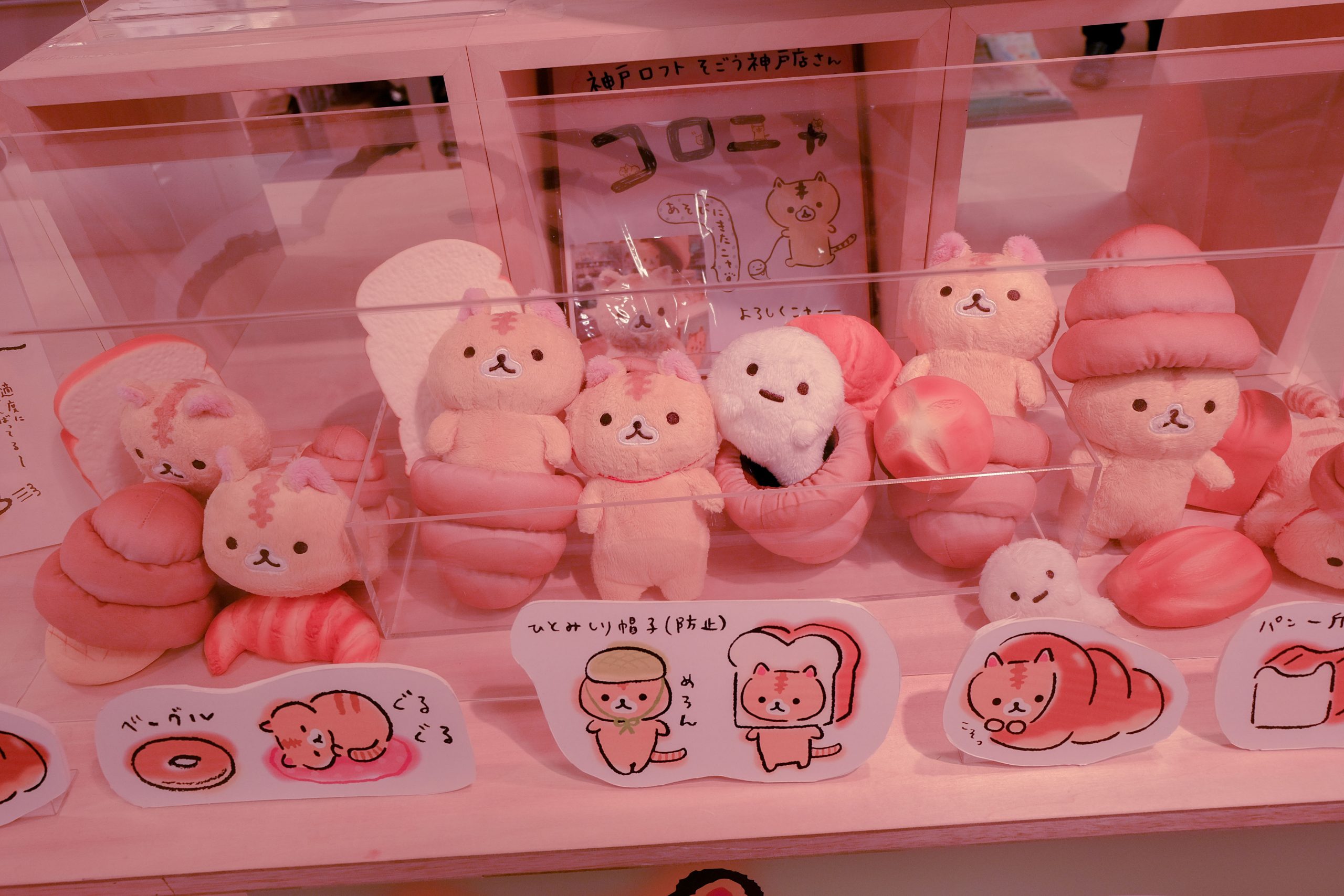
The moment you hear the word kawaii you inevitably think of Japan. Kawaii is all about cuteness, innocence and youthful energy. You can notice kawaii everywhere in Japan, from announcement and informational posters, to fashion, and everyday objects.
One of the key areas where kawaii culture thrives is in Harajuku. Harajuku fashion is quite unique and has diverse styles, bold colours, and unconventional combinations.
Some popular styles that have emerged from Harajuku include:
- Lolita: A fashion subculture inspired by Victorian and Rococo clothing, featuring frilly dresses, petticoats, lace, and bonnets.
- Decora: Think of an abundance of colourful clothing, accessories, and layers.
- Fairy Kei: A pastel-coloured, whimsical style that draws inspiration from 1980s fashion.
- Visual Kei: A dramatic and theatrical style influenced by glam rock and punk.
J-pop Culture

J-pop is short for Japanese pop, and it’s a hugely popular music genre in Japan that combines elements of Western pop, rock, electronic, and R&B music with traditional Japanese sounds. And yeah, J-pop culture managed to really make Japan famous thanks to some of its most popular bands, which gained an immense international following.
Some of the most well-known J-pop bands and artists include:
- Hikaru Utada: Often referred to as the Queen of J-pop, Hikaru Utada is a highly successful singer-songwriter who gained international fame with her debut album First Love.
- Arashi: One of the most popular boy bands in Japan, Arashi has achieved remarkable success since their debut in 1999.
- Perfume: A female electronic-pop trio known for their synchronized dance routines and futuristic sound.
- Namie Amuro: Often called the Japanese Madonna, Namie Amuro was one of the leading figures in the genre during the 1990s and continued to be influential until her retirement in 2018.
- Babymetal – Babymetal literally combines kawaii with metal, so you can imagine that they went crazy famous everywhere around the world.
Punctuality
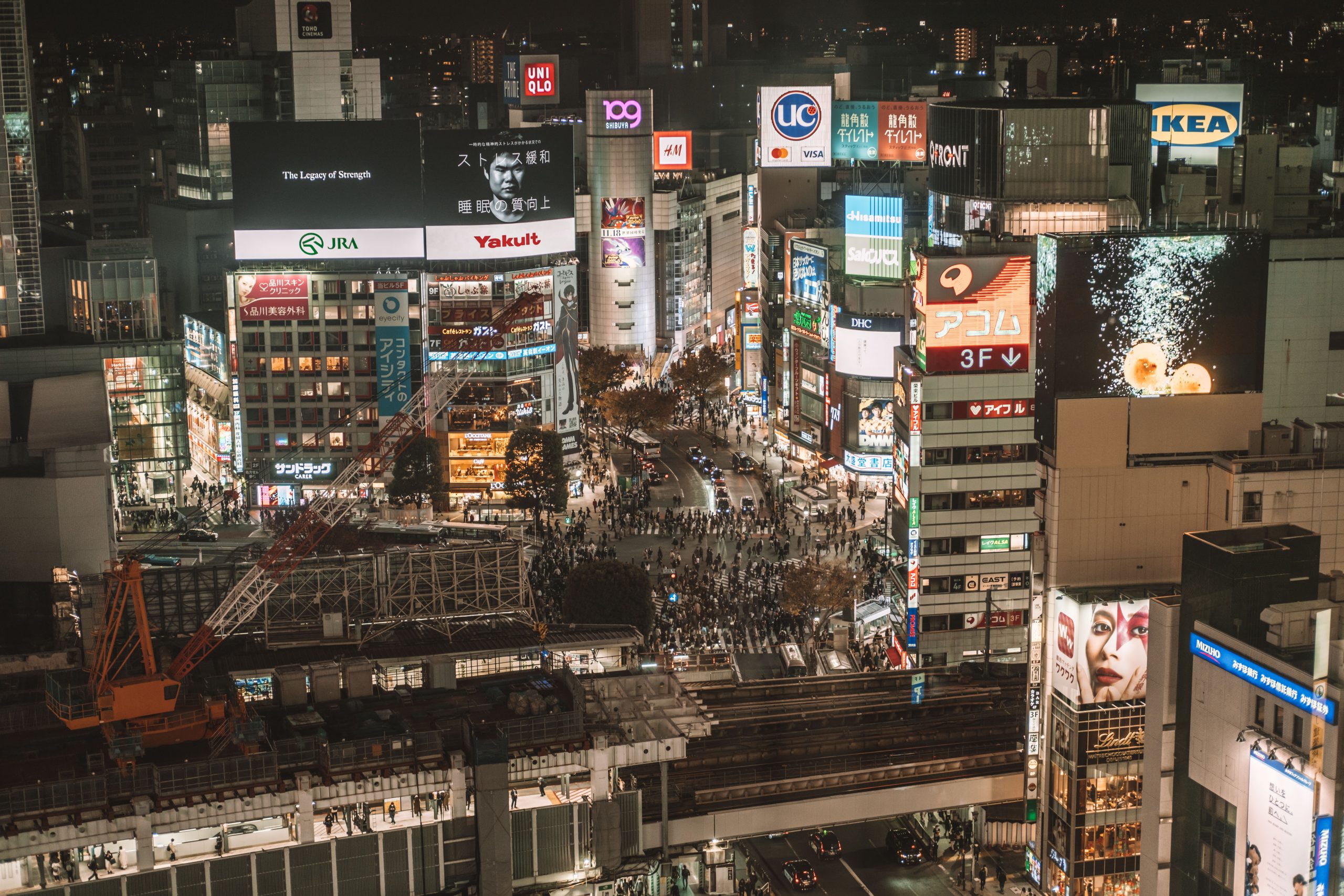
Japan is well-known for its punctuality due to a strong cultural emphasis on respecting other people’s time and maintaining order and efficiency in daily life.
You will likely notice the emphasis on punctuality when visiting Japan, including on the public transport, in work environments and during social gatherings.
- Public Transport: Japan’s public transportation system, particularly its trains and buses, is renowned for its punctuality. Trains are known to arrive and depart on time, often down to the second.
- Work: Punctuality in the workplace is highly valued in Japan. Arriving late to work is seen as a sign of disrespect and can reflect poorly on an employee’s professionalism.
- Social Gatherings: When it comes to social events and meeting friends, punctuality is just as important in Japan, with friends truly respecting one another.
Public Safety & Low Crime Rate

The beauty of visiting Japan is how safe it is. Japan is widely recognized as one of the safest countries in the world. There are low crime rates in Japan, a very strict drug and gun law, a strong sense of community and a robust legal system.
Chances are, whether you are a solo traveller or visiting Japan as part of a group, you will feel very safe. You will even notice that many people leave their expensive personal belongings unattended in coffee shops. It definitely made me feel at ease, even exploring Tokyo at night, worry-free.
Konbini (Convenience Stores)

While many people assume that Japan is expensive to visit, Japan is, in fact, quite affordable once you are in the country. Japan is famous for its affordable konbini, short for convenience stores. These shops are found on almost every street corner and some are open 24/7 a week. You will find a range of fantastic ready meals for very affordable prices. You will find drinks, snacks, and even ready-made items that can be warmed using a communal microwave in the shop and eaten on the spot.
The quality of the items sold, especially their ready-to-eat meals, is often surprisingly high, making Konbini a go-to choice for many people in Japan.
The most common convenience stores include 7-Eleven, FamilyMart, Lawson and Mini Stop. You will find these everywhere.
Unusual cafés and themed coffee shops
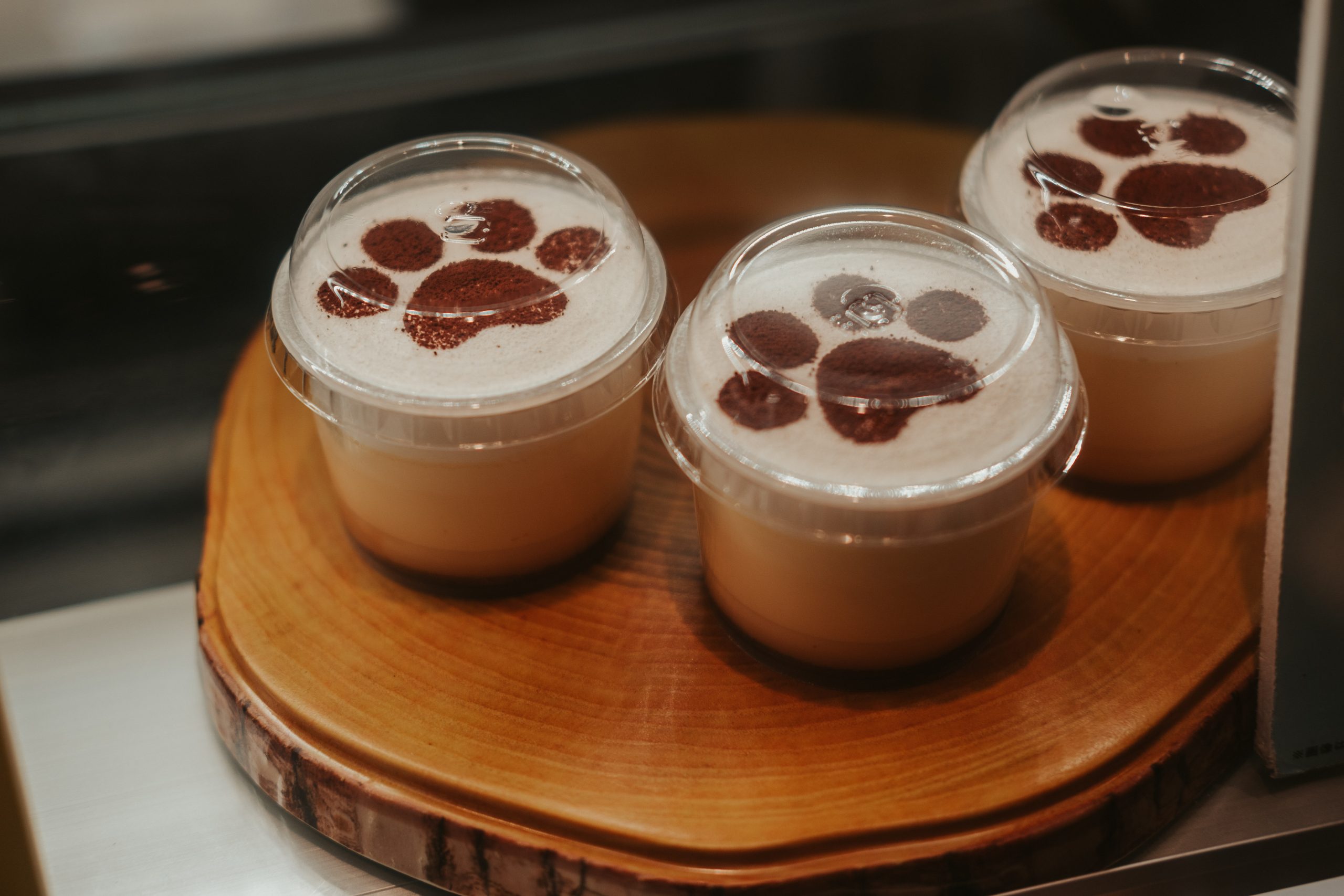
Japan is famous for its quirky and themed cafés, including various animal cafés, where you can interact with cats, dogs, or even owls. Also, the maid cafés, where servers dressed as maids, provide a unique dining experience.
There are many themed cafés, including some based on popular anime, video games, or specific aesthetics. It’s not uncommon to find unusual bars in places like Golden Gai that have a specific theme, like glam goth (Albatross), or medical clinics (Tachibana Clinic).
Cosplay

Japan is famous for being the birthplace of cosplay, a subculture where people dress up as their favourite characters from anime, manga, video games, and other forms of media.
The term cosplay originating from Japan, written as コスプレ or kosupure was first used in 1984. The popularity of cosplay as a hobby has rapidly grown since the 1990s, and cosplay has grown into a significant aspect of Japanese pop culture and has spread globally.
Events like the World Cosplay Summit, held annually in Nagoya, showcase the creativity and craftsmanship of cosplayers from around the world.
Cosplay is not limited to just events; it’s common to see people dressed up and taking photos in popular areas like Tokyo’s Akihabara or Harajuku.
Ryokan
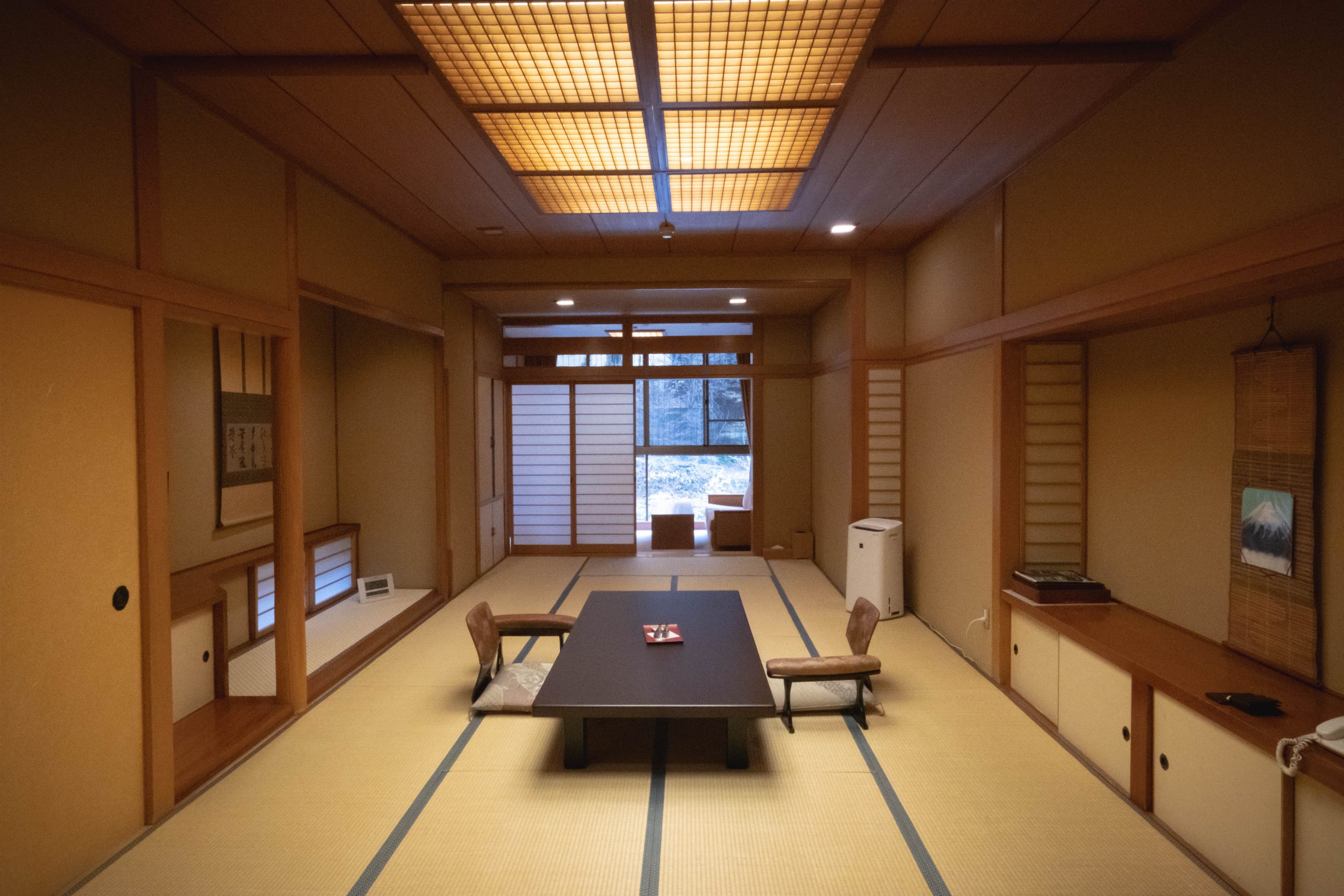
Japan is a well known pioneer in creating new and unique accommodations. Capsule hotels in Tokyo offer a futuristic, space-saving option for budget travellers and salarymen otherwise stranded in the city after a night out. Themed hotels, like love hotels or those based on popular franchises like Hello Kitty, provide another layer of novelty and fun.
Japan is famous not just for its novel accommodation, but also for its traditional Japanese inns, known as ryokans. These provide an authentic and traditional Japanese experience with tatami mat floors, futons and with more often than not access to hot springs.
Yokocho
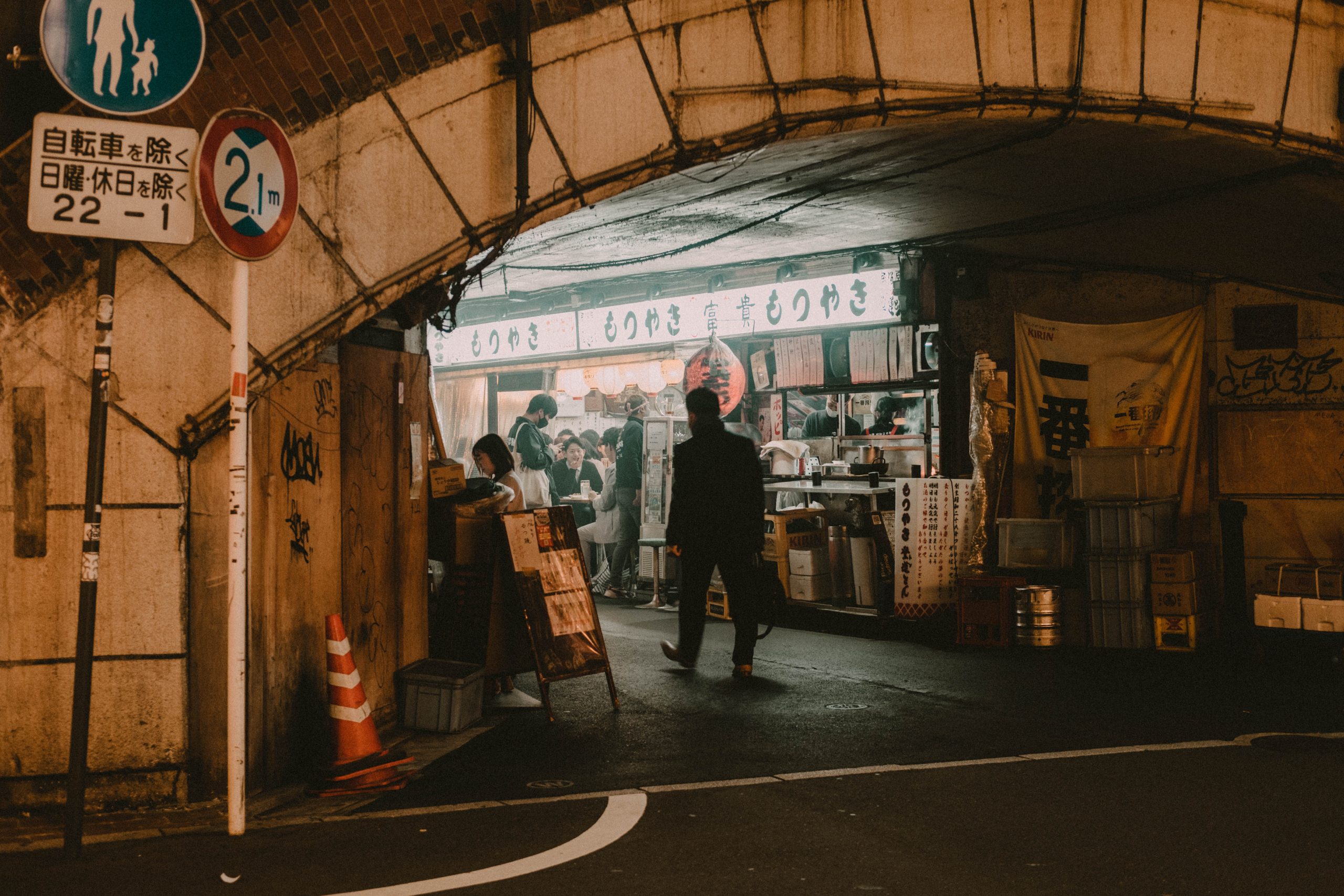
Yokocho are narrow alleys filled with small bars, izakayas (Japanese pubs), and restaurants. These charming alleyways have managed to retain their old-world charm and nostalgia of the Showa era (1926-1989) of Japan, a time when the country underwent rapid economic growth and urbanization.
Golden Gai, located in Shinjuku, is one of the most famous yokochos in Japan. It’s known for its 6 different alleys, with 280 tiny bars and eateries packed together.
Omoide Yokocho, also in Shinjuku, is another well-known yokocho that captures the essence of Showa-era Japan. Translating to “Memory Lane”, Omoide Yokocho is a paradise for food lovers, with small eateries and izakayas offering delicious yakitori (grilled chicken skewers).
Kabukicho, although known as Tokyo’s red-light district, features several yokochos more famous for its neon lights and unusual entertainment scene.
Frequently Asked Questions
What is Japan unique for?
Japan is unique for its fascinating blend of ancient traditions and cutting-edge modernity. Some aspects that make Japan unique include:
Rich Cultural Heritage: Japan has a captivating history, with well-preserved temples, shrines, and castles, as well as traditional arts such as tea ceremony.
Natural Beauty: From the iconic Mount Fuji to the stunning cherry blossoms, Japan’s natural landscapes are breathtaking and diverse, including mountains, forests, and coastal areas.
Incredible Cuisine: Japanese cuisine is renowned for its delicate flavours, artful presentation, and emphasis on fresh, seasonal ingredients. Whether it is street food or kaiseki, Japanese food never ceases to amaze.
Advanced Technology: Japan is a global leader in technological innovation, with groundbreaking contributions in fields such as robotics, electronics, and transportation. Let’s not forget to mention its cutting-edge bullet train called the Shinkansen, which is clean, efficient, and superfast.
Pop Culture: Japan’s unique pop culture, including anime, manga, and J-pop, has a massive global following. It’s a pioneer in video games, novel games and more.
Punctuality and Service: Japan is famous for its punctuality, particularly in public transportation, as well as exceptional customer service.
Safety: Japan is known as one of the safest countries in the world, with low crime rates and a strong sense of community responsibility.
What is Japan famous for producing?
Japan is famous for producing a wide range of high-quality products across many industries. Some of the most well-known items include:
Automobiles: Japan is home to several renowned automobile manufacturers such as Toyota, Honda, Nissan, Mazda, and Subaru, which are known for their innovative technologies.
Electronics: Japan has a strong reputation for producing cutting-edge electronics, with companies like Sony, Panasonic, Toshiba, and Sharp leading the way in fields such as consumer electronics, gaming consoles, and home appliances.
Robotics: Japan is a global leader in the field of robotics, producing advanced industrial robots, humanoid robots, and robotic assistants used in various sectors, from manufacturing to healthcare.
Cameras and Optics: Japanese companies like Canon, Nikon, Olympus, and Fujifilm are well-known for their high-quality cameras, lenses, and optical equipment.
Video Games: Japan has a strong presence in the gaming industry, with companies like Nintendo, Sony, and Sega producing popular consoles, games, and franchises that have global followings.
Anime and Manga: Japan is famous for its unique animation (anime) and comic book (manga) industries, which have a massive global audience and have inspired numerous adaptations, merchandise, and fan communities.
Textiles: Japan has a long history of producing high-quality textiles, including silk, traditional kimono fabrics, and modern technical textiles.
Ceramics and Pottery: Japan is renowned for its beautiful ceramics and pottery, with various regions and cities like Arita, Imari, and Mashiko having their distinct styles and techniques.
Sake: Japan is famous for producing sake, a traditional rice wine, which is enjoyed both domestically and internationally.
Knives and Cutlery: Japanese knives and cutlery, known for their exceptional sharpness and craftsmanship, are highly sought after by professional chefs and cooking enthusiasts around the world.
What is Japan also known as?
Japan is also known as The Land of the Rising Sun. This nickname comes from the country’s location to the east of the Asian continent. Since Japan is among the first places where the sun rises each day, it has been associated with the image of the rising sun.
In fact, the Japanese flag, with its red circle on a white background, symbolizes the sun and is a reflection of this nickname. The name “Japan” is derived from the Chinese pronunciation of the characters 日本 (Nihon or Nippon), which translates to origin of the sun.


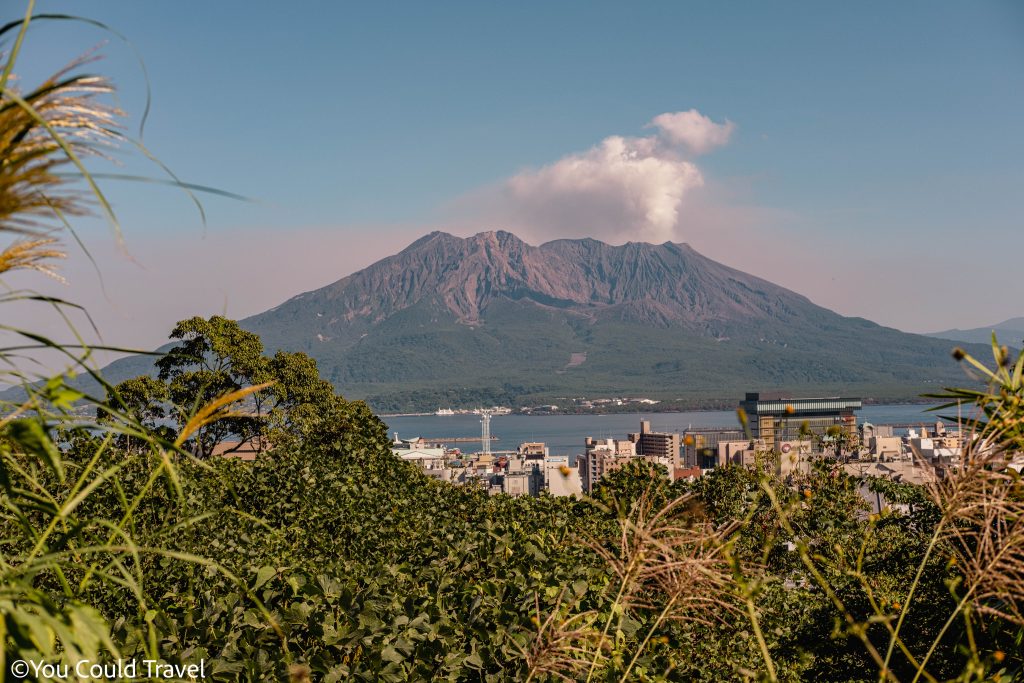

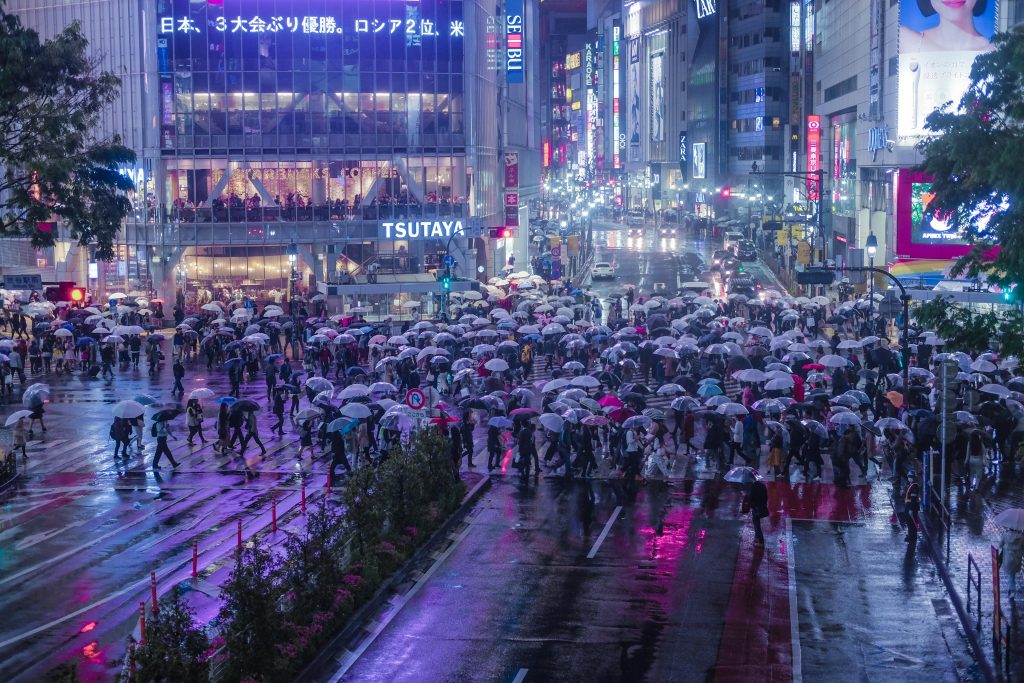




Leave a Reply